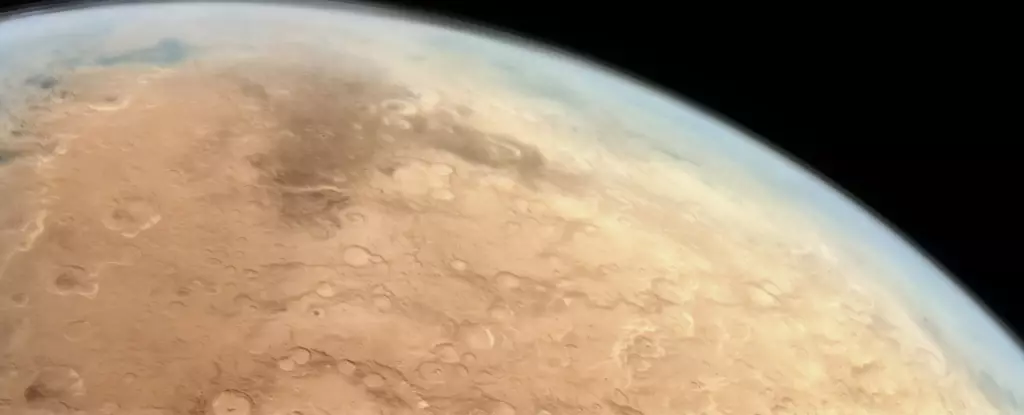The stark contrast between Earth’s vibrant ecosystems and Mars’s barren wasteland continues to bewilder scientists and explorers alike. While Earth teems with diverse life forms, Mars remains an inhospitable planet, devoid of detectable life. This discrepancy raises profound questions about planetary evolution and the conditions required for life to flourish. Recent discoveries, particularly from NASA’s rover missions, have begun to shed light on this intriguing puzzle, revealing a complex history of fleeting habitability that ultimately led to Mars’s current lifeless state. It’s a story of cosmic imbalance—where the Quirks of planetary geology, atmospheric chemistry, and volcanic activity conspired to render Mars sterile, despite promising clues that life might have once had a chance.
Deciphering Mars’s Geological Evidence of Water
The surface of Mars bears unmistakable signs of ancient waterways—dry riverbeds, lake basins, and mineral deposits indicating that liquid water once flowed on its surface. These features suggest short-lived windows of habitability, but they also highlight a critical problem: these periods were isolated and not sustained long enough to foster complex life. The presence of carbonate minerals discovered by rovers like Curiosity lends weight to this concept. If early Mars had water, it must have contained the chemical ingredients conducive to life, such as carbonates capable of trapping atmospheric CO₂. Yet, the overall picture remains grim; Mars’s atmosphere was too thin, its volcanic outgassing too weak, to maintain a stable greenhouse effect. Without sustained warmth and liquid water, life’s foothold was doomed to fail, making the planet a perpetual desert in evolutionary terms.
The Planet’s Failure to Maintain a Habitability Cycle
One of the core reasons Mars failed to develop and sustain life lies in its planetary chemistry and geological activity. Unlike Earth, which has a robust volcanic cycle that recycles gases and maintains a temperate climate, Mars’s volcanic activity declined rapidly, leaving its atmosphere vulnerable to erosion and cooling. This “feeble outgassing” meant that greenhouse gases like CO₂ did not accumulate sufficiently to keep the planet warm enough for liquid water over extended periods. As a result, the sporadic flares of water on Mars’s surface persisted only for brief epochs, followed by astronomical spans of dry, uninhabitable deserts. These intermittent habitable conditions would have posed formidable hurdles for life to establish a continuous and resilient biosphere.
The Search for Hidden Water and Future Clues
Despite the seemingly bleak picture, scientists remain optimistic that underground pockets of liquid water might still exist on Mars—a hidden reserve that could harbor microbial life or preserve biosignatures from ancient times. The Perseverance rover’s recent findings of carbonate deposits near dried-up lakes invigorate this hope, hinting that water was more pervasive than surface data alone suggests. Extracting these rock samples and studying their composition on Earth could provide conclusive evidence of past life or conditions favorable to life. The race to return Martian samples underscores their pivotal role; by analyzing these ancient minerals, scientists hope to resolve whether Mars hosted life or was forever a barren planet. Such discoveries would ultimately influence our understanding of planetary habitability across the universe—and whether Earth’s life origins are a rare cosmic accident or a common planetary pathway.
Implications for Humanity’s Search for Life Beyond Earth
The ongoing exploration of Mars serves a dual purpose: unraveling its past and refining our understanding of life’s universal potential. If Mars, with all its deficiencies, never supported any form of life, it suggests that the emergence of life is exceedingly rare and perhaps dependent on a precise planetary configuration. Conversely, finding evidence of even primitive microbes could indicate that life is a natural byproduct of planetary conditions, making its occurrence in the cosmos more probable. Ultimately, Mars teaches us humility and perseverance; the planet’s silent history reminds us of the fragility of habitability and the importance of planetary stewardship. It also ignites curiosity about other worlds, fueling the quest to find life in the universe’s vast expanse—an endeavor that may redefine our place in the cosmic community.

